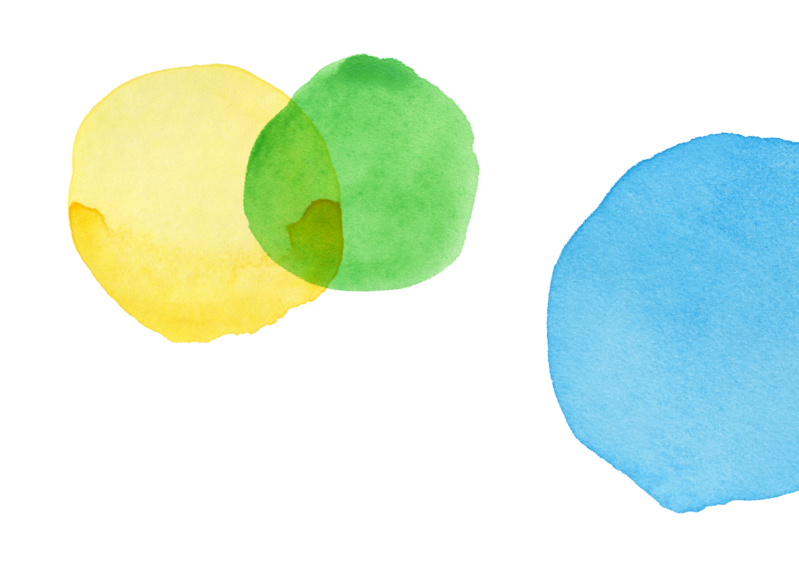Grade 5 - Claim 1 - Target F

 Back to Results
Back to ResultsMathematics
Target F
Apply and extend previous understandings of multiplication and division to multiply and divide fractions
Sample Item
Grade 5Test
Claim 1
Concepts and Procedures
Standards
NF-3
Interpret a fraction as division of the numerator by the denominator (a/b = a ÷ b). Solve word problems involving division of whole numbers leading to answers in the form of fractions or mixed numbers, e.g.,...
NF-4
Apply and extend previous understandings of multiplication to multiply a fraction or whole number by a fraction.
NF-4a
Interpret the product (a/b) × q as a parts of a partition of q into b equal parts; equivalently, as the result of a sequence of operations a × q ÷ b....
NF-4b
Find the area of a rectangle with fractional side lengths by tiling it with unit squares of the appropriate unit fraction side lengths, and show that the area is the same as...
NF-5
Interpret multiplication as scaling (resizing), by:
NF-5a
Comparing the size of a product to the size of one factor on the basis of the size of the other factor, without performing the indicated multiplication.
NF-5b
Explaining why multiplying a given number by a fraction greater than 1 results in a product greater than the given number (recognizing multiplication by whole numbers greater than 1 as a familiar...
NF-6
Solve real world problems involving multiplication of fractions and mixed numbers, e.g., by using visual fraction models or equations to represent the problem.
NF-7
Apply and extend previous understandings of division to divide unit fractions by whole numbers and whole numbers by unit fractions.
NF-7a
Interpret division of a unit fraction by a non-zero whole number, and compute such quotients. For example, create a story context for (1/3) ÷ 4, and use a visual fraction model to show...
NF-7b
Interpret division of a whole number by a unit fraction, and compute such quotients. For example, create a story context for 4 ÷ (1/5), and use a visual fraction model to show the...
NF-7c
Solve real world problems involving division of unit fractions by non-zero whole numbers and division of whole numbers by unit fractions, e.g., by using visual fraction models and equations to represent the...
Clarifications
Tasks for this target will ask students to multiply and divide fractions, including division of whole numbers where the answer is expressed by a fraction or mixed number. Division tasks should be limited to...
Range Achievement Level Descriptors
Evidence Required
1
The student interprets a fraction as division of the numerator by the denominator.
2
The student solves problems involving division of whole numbers leading to quotients in the form of fractions or mixed numbers, with or without fraction models.
3
The student multiplies a fraction or whole number by a fraction.
4
The student multiplies fractional side lengths to find areas of rectangles.
5
The student compares the size of a product to the size of one factor on the basis of the size of the other factor, without performing the indicated multiplication.
6
The student solves real-world problems involving multiplication of fractions and mixed numbers, with or without visual fraction models.
7
The student solves real-world problems involving division of unit fractions by non-zero whole numbers and division of whole numbers by unit fractions, with or without visual fraction models.
Item Guidelines

Depth of Knowledge
M-DOK1
Recall includes the recall of information such as fact, definition, term, or a simple procedure, as well as performing a simple algorithm or applying a formula. That is, in mathematics a one-step, well-defined, and straight algorithmic procedure should be...
M-DOK2
Skill/Concept includes the engagement of some mental processing beyond a habitual response. A Level 2 assessment item requires students to make some decisions as to how to approach the problem or activity, whereas Level 1 requires students to demonstrate a...
Allowable Item Types
- Multiple Choice, single correct response
- Equation/Numeric
Allowable Stimulus Materials
visual fraction models (circles, rectangles, tape diagrams, number lines)
Key/Construct Relevant Vocabulary
fraction, equivalent, denominator, numerator, sum, difference, product, mixed number
Allowable Tools
fraction modeling tool
Target-Specific Attributes
Division tasks should be limited to those dividing a unit fraction (written 1/a, such that a is any non-zero whole number) by a whole number or a whole number by a unit fraction.
Accessibility
Item writers should consider the following Language and Visual Element/Design guidelines [1] when developing items. Language Key Considerations: Use simple, clear, and easy-to-understand language needed to assess the construct or aid in the understanding of the...
Development Notes
The portion of this standard (5.NF.B) that requires student explanation and modeling will be assessed in Claim 3. Items posed as real-world problems related to this target will be assessed with targets from Claim...


Task Models
Task Model 1a

Item Types
Multiple Choice, single correct responseDepth of Knowledge
M-DOK1Standards
NF-3
Target Evidence Statement
The student interprets a fraction as division of the numerator by the denominator.
Allowable Tools
None
Task Description
Prompt Features: The student is prompted to interpret a fraction as division of the numerator by the denominator. Stimulus Guidelines: Division tasks should be limited to those dividing a unit fraction (written 1/a, such that a...
Stimulus
The stem will present a fraction and ask for an equivalent expression for the fraction.
Example 1
Example Stem: Which expression is equal to ?
A. 3 × 4
B. 4 × 3
C 4 ÷ 3
D. 3 ÷ 4
Rubric: (1 point) The student identifies the correct fractional quotient (e.g., D).

